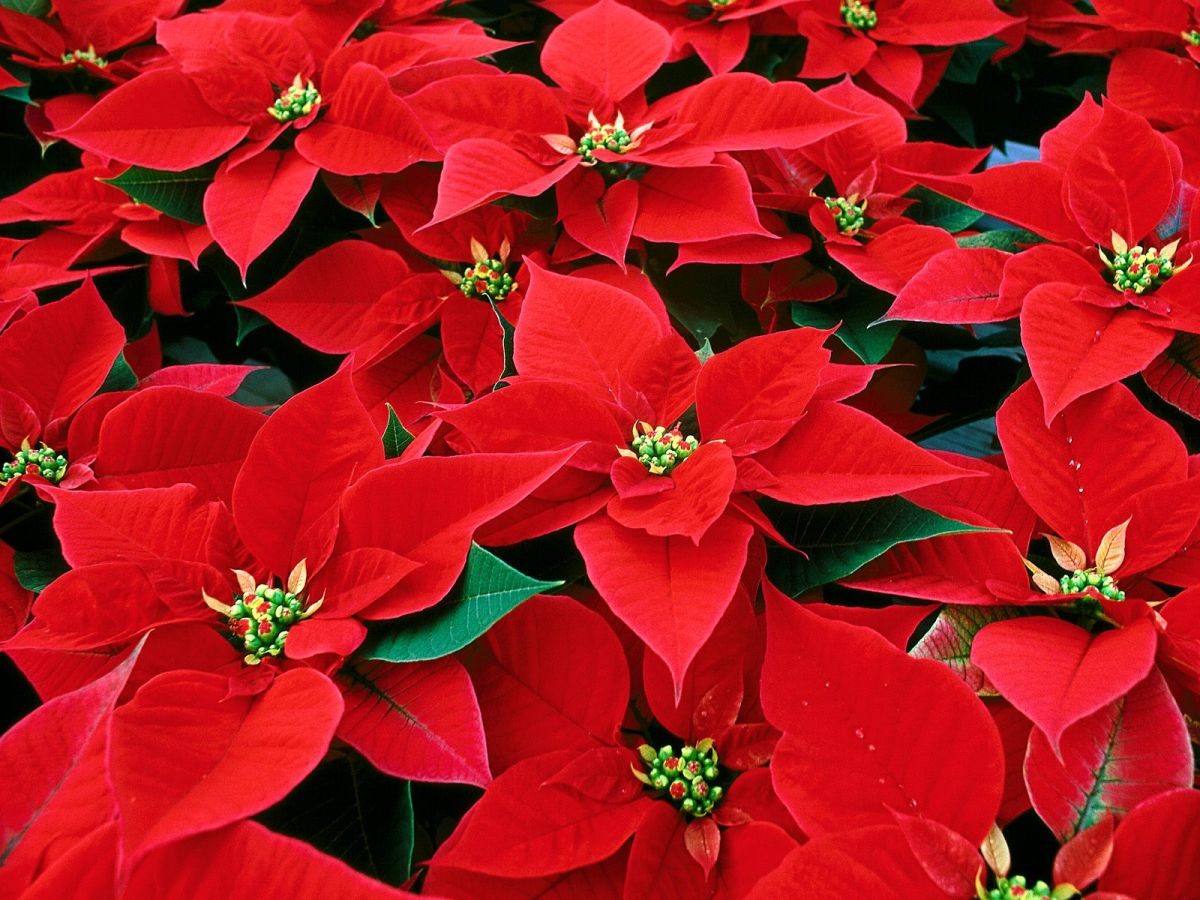
An AHDB-funded trial has identified new poinsettia varieties that show strong commercial promise, helping to reduce the over-reliance on the current leading varieties.
UK poinsettia growers have, traditionally, relied upon relatively few varieties. The variety ‘Infinity’ accounts for about 80% of the national crop, with the remainder made up of varieties such as ‘Christmas Feeling’, ‘Christmas Glory’, ‘Prima’ and ‘Titan’ among others.
Poinsettias are still one of the most important pot plant crops grown between July and early December. Up to 8m poinsettias are sold in the UK with a market value of approximately £10m to £12m per annum at farmgate values (in pot sizes 10 to 17cm).
While many new varieties are coming through from the plant breeders, it’s difficult for UK growers to compare them all. It’s important for growers to understand the characteristics of the new varieties so they can choose to trial a small selection that have been benchmarked against current standard varieties.
In the trial, 11 poinsettia varieties were grown on three commercial nurseries using different production systems and crop management practices.
All the varieties examined were scored for quality at harvest, with shelf-life performance beyond Christmas also being assessed via a quality score undertaken in January. The trial monitored the level of defoliation, bract loss and shoot and bract decay. The impact on shelf life of using wicks and water-holding pads to help consumers keep their plants watered correctly was also explored.
‘Infinity 2’, along with ‘Astro Red’, ‘Christmas Eve’,’ Happy Day’, ‘Hera Red’, ‘Matinee’ and ‘No 57’ (now marketed as ‘Leona Red’) scored well in nursery assessments. ‘Astro Red’, ‘Hera Red’, ‘Infinity 2’ and ‘No 57’ all ranked highly following shelf-life testing.
The main reason for any differences in performance between plants of the same variety was the nursery location, which affected the date at which plants went into shelf-life trials. However, plant nutrition played a role too. The wicks and water-holding pads both led to significantly longer shelf life.
Gracie Emeny, Knowledge Transfer Manager at AHDB says: “The benefits of these experiments have been to help growers obtain an insight into the commercial performance of a wide range of new poinsettia varieties, benchmarked against current commercial varieties. Matching the most appropriate variety to a nursery’s production system and the requirements of the customer is extremely important.”
